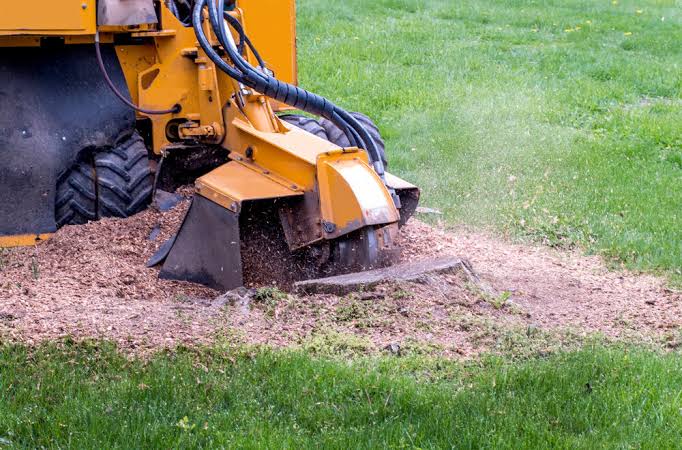When it comes to roofing, many misconceptions can lead to costly mistakes and uninformed decisions. Whether you’re a homeowner planning a renovation or simply seeking to understand your roofing options better, distinguishing fact from fiction is crucial. This guide aims to debunk eight common roofing myths, providing you with valuable insights to make informed choices. By shedding light on these misconceptions, we hope to empower you with the knowledge needed to protect one of your most important investments: your home.
A New Roof is Not Necessary Until You See Leaks
Many homeowners assume that they can wait until they notice leaks before replacing their roofs. In reality, waiting for visible damage can lead to more extensive and costly problems. Roofs can deteriorate without obvious signs, and issues like poor insulation, rot, or mold can develop silently.
It’s important to conduct regular inspections and maintenance to catch potential problems early, ensuring a longer lifespan for your roofing structure. Some residential roofing professionals recommend an inspection every three to five years or after extreme weather events. Additionally, if your roof is over 20 years old, it may be time to consider a replacement regardless of visible damage.
All Roofing Materials are the Same
Not all roofing materials are created equal. Each type, whether asphalt shingles, metal, tile, or slate, has its unique properties, durability, and maintenance needs. For instance, metal roofs can last over 50 years with minimal maintenance, while asphalt shingles typically require more frequent replacements. Understanding the differences between these materials can help homeowners choose the right option based on climate, budget, and aesthetic preference.
Roofs are Much More Expensive in the Winter
While the roofing industry does experience fluctuations in pricing based on market demand, waiting for winter to end to replace or repair your roof may not save you as much as you think. Many roofing contractors offer competitive pricing year-round, and in certain regions, winter work may be less in demand, potentially leading to better deals. Ultimately, it’s essential to focus on the urgency of repairs rather than solely timing your purchase.
You Can Install a Roof Over an Old Roof
Although it is technically possible to install a new roof over an existing one, it is not always advisable. Doing so can trap moisture and create an environment for mold and rot to develop. Additionally, adding another layer can put excess weight on the structure, leading to potential safety hazards. If your roof is showing signs of damage, a complete tear-off may be the best option to ensure a sound and durable replacement.
Roofs Don’t Need Maintenance
A common misconception is that roofs are maintenance-free once installed. In truth, regular maintenance is crucial to prolonging the life of your roof. This includes cleaning gutters, inspecting for loose or missing shingles, and checking for debris that could trap moisture. By committing to routine maintenance with Judge Brothers Roofing and Gutters, homeowners can identify problems early on and save money on repair costs down the line.
DIY Roofing Projects are Cost-effective
While many homeowners take pride in tackling DIY projects, roofing is often a task best left to the professionals. The roof is a vital component of your home’s integrity, and mistakes can lead to leaks and structural damage. Hiring a licensed contractor not only ensures quality workmanship but also protects your investment and can potentially save you on costs associated with correcting any DIY errors.
Roof Color Doesn’t Matter
Some believe that roof color is purely an aesthetic choice and does not impact performance. However, the color of your roofing can significantly influence energy efficiency. Lighter-colored roofs reflect sunlight, helping keep homes cooler in hotter climates, whereas darker roofs absorb heat, which can lead to higher cooling costs. Selecting the right color can improve energy efficiency and reduce utility bills over time.
Roof Warranty Covers Everything
While many roofs come with warranties, it’s a misconception that these warranties cover every possible issue. Most warranties have exclusions and specific conditions that need to be met for coverage to be valid. Understanding the details of your roof’s warranty, including typical claim processes and the manufacturer’s guidelines, is essential to ensure you are protected adequately should problems arise. Always read the fine print!
Understanding the myths surrounding roofing is essential for homeowners looking to make informed decisions about their properties. By dispelling common misconceptions, such as the timing of roof replacements or the importance of regular maintenance, homeowners can better protect their investments and avoid costly mistakes.
Whether you’re considering a new roof, planning routine inspections, or simply looking to understand your options, being well-informed is key to ensuring your roof remains a reliable shield against the elements. Empower yourself with knowledge, and don’t hesitate to consult with professionals when necessary to safeguard the integrity and longevity of your home.






